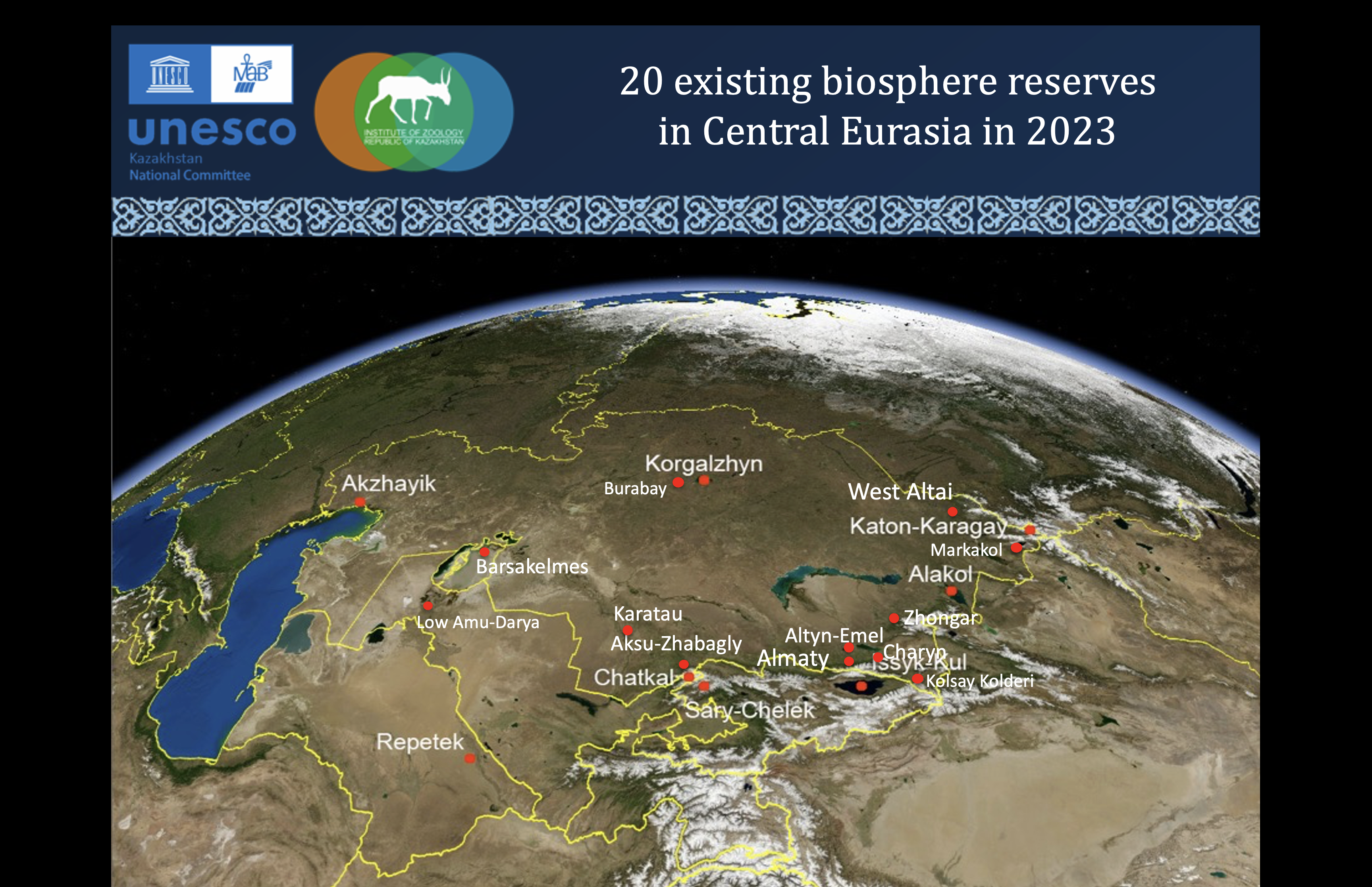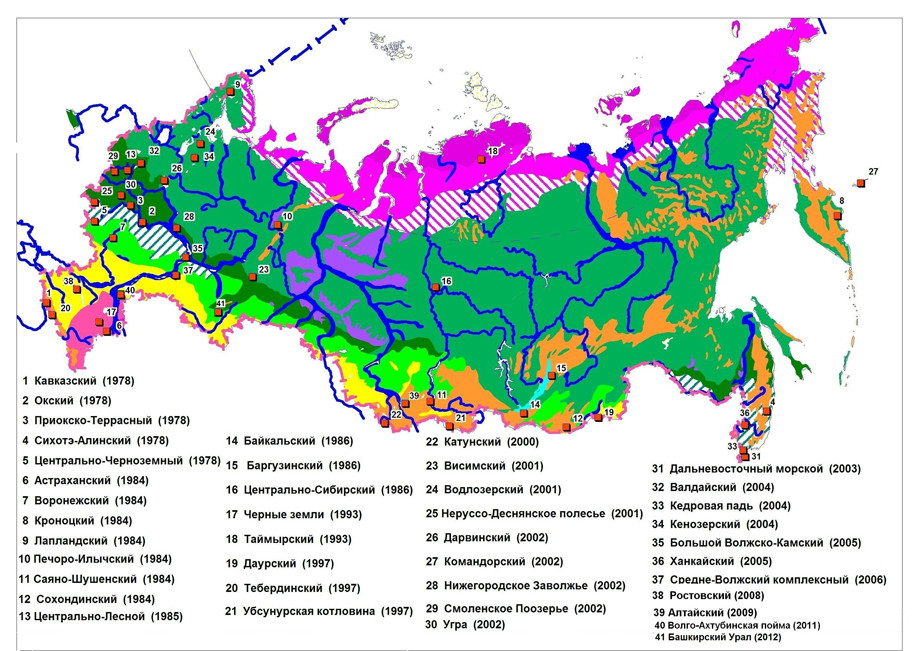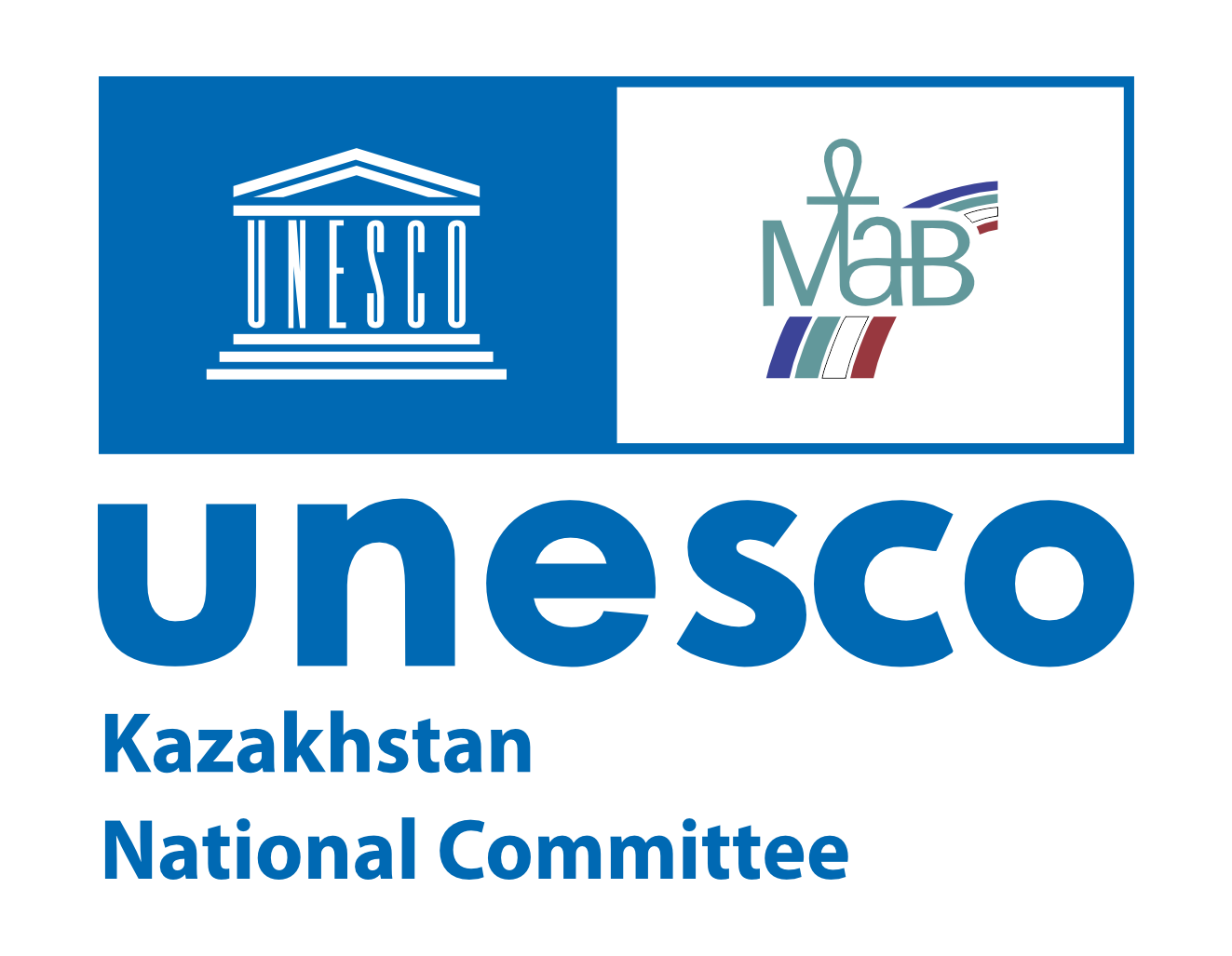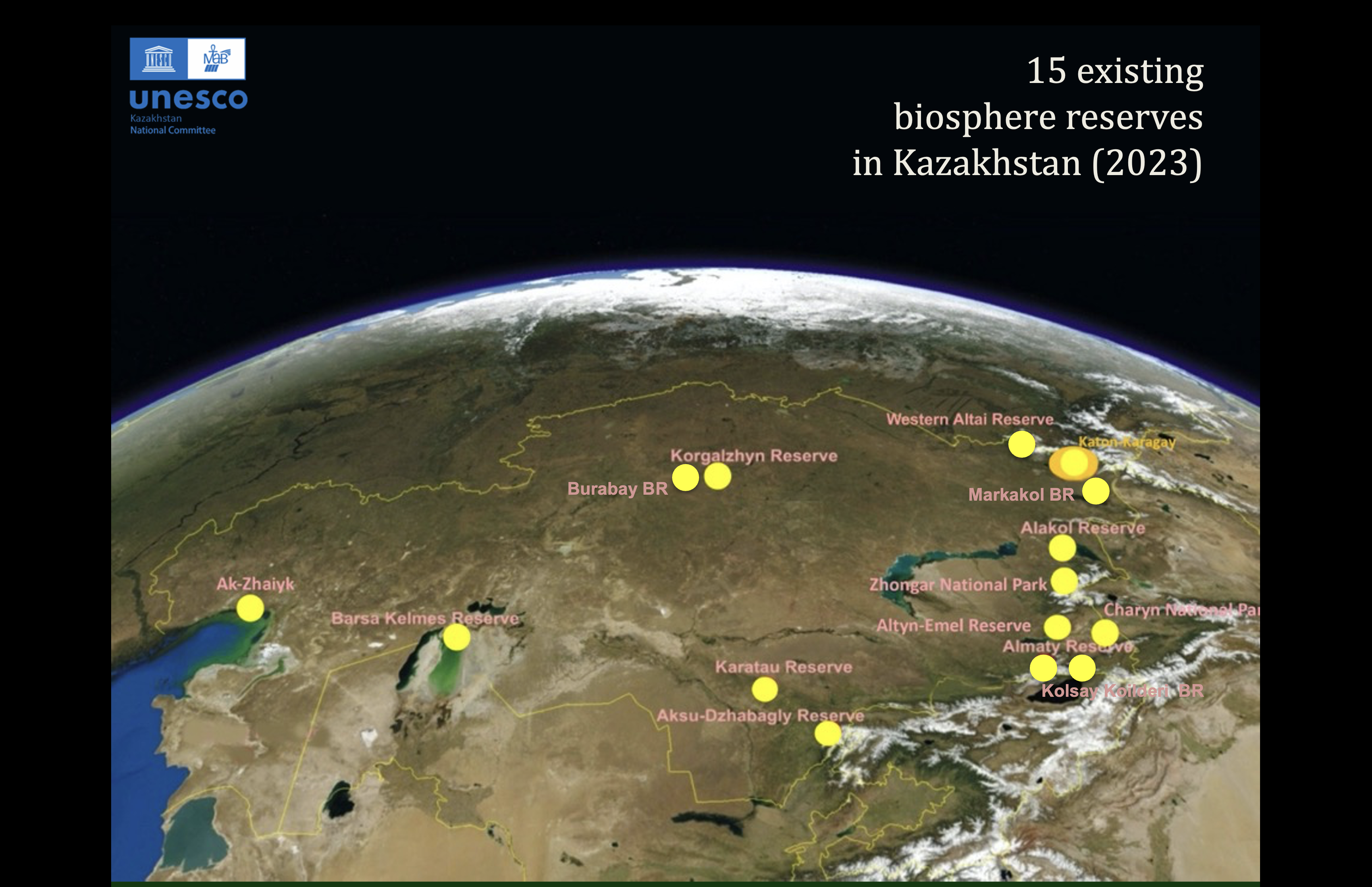
Biosphere reserves are ‘areas of terrestrial and coastal/marine ecosystems or a combination thereof which are internationally recognized within the framework of UNESCO’s Programme on Man and the Biosphere (MAB)
Biosphere Reserves UNESCO forms the World network of Biosphere reserves, where each biosphere reserve is under the sovereign jurisdiction of the State in which it is located
Each biosphere reserve is intended to fulfill three complementary functions:
- a conservation function, to preserve genetic resources, species, ecosystems and landscapes;
- a development function, to foster sustainable economic and human development,
- a logistic support function, to support demonstration projects, environmental education and training, and research and monitoring related to local, national and global issues of conservation and sustainable development.
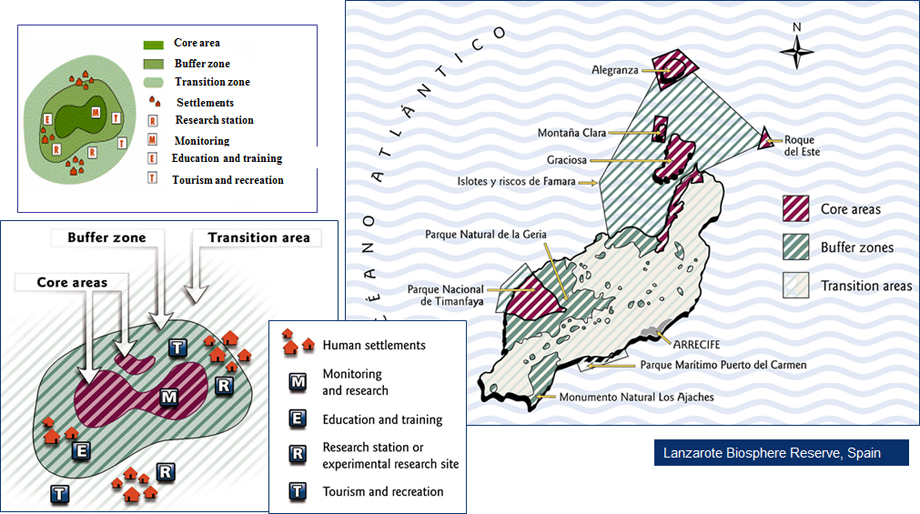
Biosphere Reserve has a clear functional zoning, which includes three zones:
a) main zone / zones (core zone) - a strictly protected area, designed for a long-term preservation of the environment, it has a sufficient size for it,
b) buffer zone / zones – a protected area, located around the main zone and designed for reducing the human impact, there are some activities compatible with conservation tasks (monitoring, tourism, etc.)
c) transition (cross-border) zone - an external territory where the local population live and work, the sustainable social and economic development and rational use of natural resources is carried out there.
A detailed description of the Biosphere Reserve of UNESCO is given in the basic provisions of the World Network of Biosphere Reserves in the page "Publications"
From the border with Kazakhstan, the biggest (and the largest in the world) national network of biosphere reserves was established in Russia (44 biosphere reserve of UNESCO) and also in China (32 biosphere reserves).
There are 20 Biosphere reserves in a region of Central Eurasia (Kazakhstan, Kyrgyzstan, Uzbekistan, Tajikistan and Turkmenistan):
Kazakhstan: (15): Aksu-Dzhabagly, Katon-Karagay (part of transboundary biosphere reserve Great Altay), Ak-Zhaiyk, Alakol, Korgalzhyn, Barsakelmes, Altyn Emel, Karatau, Zhongar, Charyn, Almaty, West Altai, Kolsai Kolderi
Kyrgyzstan (2): Sarychelek and Issykkol
Uzbekistan (1): Chatkal and Lower Amudarya
Turkmenistan (1): Repetek
